Author: Mike Neville
Up until the 1990s, it’s likely only legitimate beer nerds had much knowledge of the traditional Belgian ale known as Witbier. Of course, there’s also a good chance even those who developed a love of the surprisingly popular Blue Moon still wouldn’t be able to identify it as a Witbier, but there’s little question its presence on the market spurred the popularity of this characterful style.
Purportedly birthed in the 14th century by brewing monks in the Hoegaarden village of Belgium, Witbier has clearly stood the test of time. While it possesses many of the distinct fermentation characteristics other Belgian ale is known for, it’s unique in that it’s made with a large portion of wheat as well as flavorful spices, namely orange peel and coriander. The BJCP provides the following description of Witbier:
A pale, hazy Belgian wheat beer with spices accentuating the yeast character. A delicate, lightly spiced, moderate-strength ale that is a refreshing summer drink with its high carbonation, dry finish, and light hopping.
In the years I’ve been brewing, I’ve made a handful of Witbier batches, all of which have been more or less on point. While it’s a fairly forgiving style that’s not terribly difficult to brew, I wondered what tasters of think of one made using various less conventional methods and decided to try it out for myself!
| BREWING THE BEER |
The recipe for this Witbier was pretty basic, though given the Short & Shoddy nature of this batch, I opted to use chamomile in place of the more traditional orange peel.
Short & Shoddy Witbier
Recipe Details
| Batch Size | Boil Time | IBU | SRM | Est. OG | Est. FG | ABV |
|---|---|---|---|---|---|---|
| 5.7 gal | 30 min | 12.7 | 3.3 SRM | 1.043 | 1.004 | 5.12 % |
| Actuals | 1.043 | 1.004 | 5.12 % | |||
Fermentables
| Name | Amount | % |
|---|---|---|
| Pelton: Pilsner-style Barley Malt | 5.501 lbs | 50 |
| White Wheat Malt | 5 lbs | 45.45 |
| Oats, Flaked | 8 oz | 4.55 |
Hops
| Name | Amount | Time | Use | Form | Alpha % |
|---|---|---|---|---|---|
| Kazbek | 28 g | 30 min | Boil | Pellet | 5.5 |
Miscs
| Name | Amount | Time | Use | Type |
|---|---|---|---|---|
| Chamomile Tea | 1.35 g | 5 min | Boil | Other |
| Coriander Seed | 0.5 oz | 5 min | Boil | Spice |
Yeast
| Name | Lab | Attenuation | Temperature |
|---|---|---|---|
| Whiteout (B44) | Imperial Yeast | 76% | 32°F - 32°F |
Notes
| Water Profile: unfiltered Dearborn, MI tap water adjusted with a small amount of calcium chloride |
Download
| Download this recipe's BeerXML file |
To make for a quick start to my brew day, I weighed out and the milled the grain the night before.
At 1:29 PM the following day, I collected the full volume of water, which I added about 3 g of calcium chloride to, then heat it up before incorporating the grains and checking the mash temperature.
During the mash rest, I prepared the single kettle hop addition.
After just 30 minutes, I removed the grains and proceeded to boil the wort for just 30 minutes, adding the spices in the last 5 minutes.
At the completion of the boil, I quickly chilled the wort with my JaDeD Brewing Hydra IC.
A refractometer reading showed the wort was at 1.043 OG, just a hair under the BJCP recommendation, and resulting in a brewhouse efficiency of 59%.
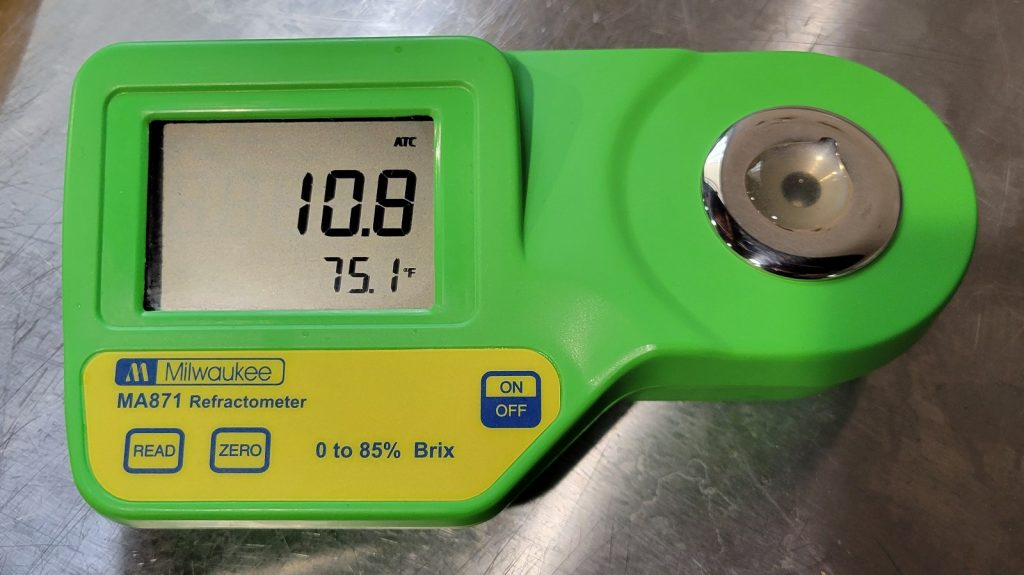
I then transferred the wort to my fermentation vessel.
Next, I direct pitched a pouch of Imperial Yeast B44 Whiteout into the wort before connecting the fermenter to my glycol rig set to maintain a fermentation temperature of 68°F/20°C. The time was 3:27 PM, for a total brew day time of just 1 hour and 58 minutes, which is pretty impressive considering I was brewing on a 120v electric system.
With signs of fermentation activity absent after 8 days, I took a hydrometer measurement showing the beer had reached a rather dry FG.
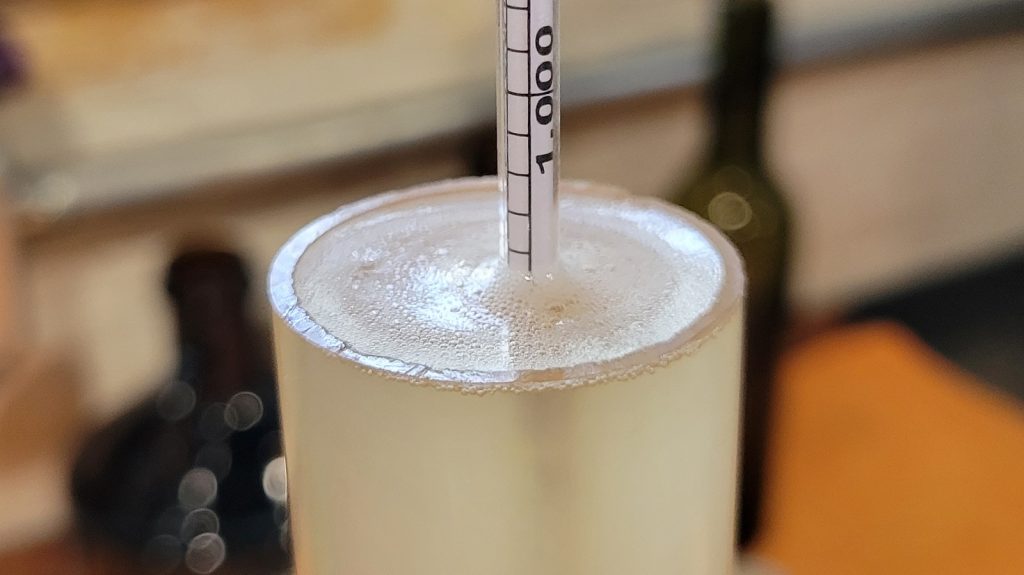
At this point, I cold crashed the beer to 33°F/0.5°C and let it sit overnight before pressure transferring it to a CO2 purged keg.
The filled keg was placed in my keezer and burst carbonated overnight before I reduced the gas to serving pressure. After a week of cold conditioning, it was ready to serve to tasters.
| RESULTS |
A total of 20 people of various levels of experience participated in this Short & Shoddy evaluation. Participants were informed of the specific beer style and provided the BJCP description prior to completing the survey. Tasters were then instructed to rate how hoppy, malty, and dry they perceived the beer to be on a 0-5 scale where a rating of 0 indicated “not at all” and 5 indicated “extremely.”
Tasters were provided a list of common hop, malt, and yeast characteristics then instructed to select from each the one they perceived as being most prominent in the beer.
Hop Characteristics
Malt Characteristics
Yeast Characteristics
Next, participants were asked to indicate whether or not they detected any off-flavors in the beer; those who did were provided a list of common off-flavors and instructed to select the one they perceived as being strongest. Not a single taster noted perceiving any off-flavors.
Tasters were then asked to rate how well the beer represented the intended style, based on the provided BJCP description, on a 0-5 scale where 0 meant “not at all” and 5 meant “exactly.”
Finally, tasters were asked to rate how much they enjoyed the beer on a 0-5 scale where 0 indicated they hated it and 5 indicated they loved it.
My Impressions: I perceived this beer as having a fresh wheat malt profile with classic Belgian Witbier fermentation character and a hint of light bitterness to balance. The coriander and chamomile came through nicely, lending the beer a fresh, zesty note that was lifted off the palate by its moderate-high carbonation.
| CONCLUSION |
Given its Belgian roots, Witbier is unsurprisingly known for its unique fermentation character, which is driven by fruity esters and spicy phenols. However, unlike other traditional Belgian beer styles, Witbier is made with a relatively large portion of wheat and also tends to include flavoring adjuncts including orange peel and coriander.
Brewing Witbier isn’t terribly difficult, in fact some contend it’s a fairly forgiving style, making it an ideal starting place for beginning brewers. Still, there are certain methods viewed by many as being all but necessary to produce a quality product. Despite forgoing many of these methods, tasters of this Short & Shoddy Witiber, which was made with chamomile instead of coriander, not only seemed to generally enjoy it, but a majority felt it was a solid representation of the style. Furthermore, not a single person noted perceiving any off-flavors in this beer, further indicating the abbreviated brewing methods had minimal if any negative impact.
The most prominent characteristic noted by tasters of this Short & Shoddy Witbier was its dryness, which when combined with the moderate-high carbonation level, likely contributed to its overall drinkability. Tasters overwhelmingly rated the malt character as being cracker/bread crust with spicy and floral hops, while a majority also endorsed phenolics as being the most prominent yeast characteristic. My experience with this beer aligns with taster ratings, and I while I still plan to brew Witbier with coriander in the future, I was quite pleased with how the chamomile worked out in this batch.
If you have thoughts about this Short & Shoddy brew, please feel free to share it in the comments section below!
Support Brülosophy In Style!
All designs are available in various colors and sizes on Amazon!
Follow Brülosophy on:
FACEBOOK | TWITTER | INSTAGRAM
If you enjoy this stuff and feel compelled to support Brulosophy.com, please check out the Support page for details on how you can very easily do so. Thanks!


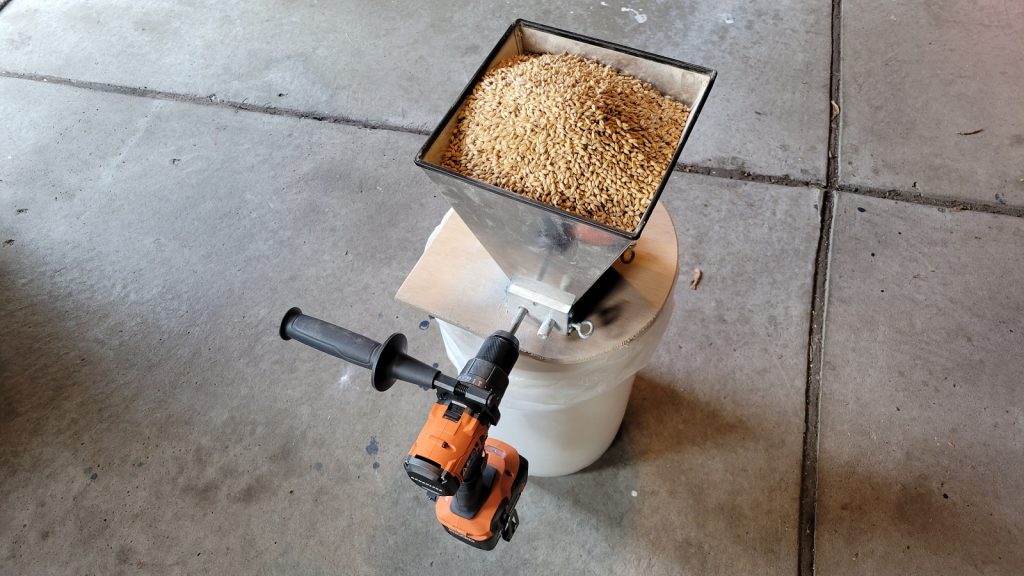
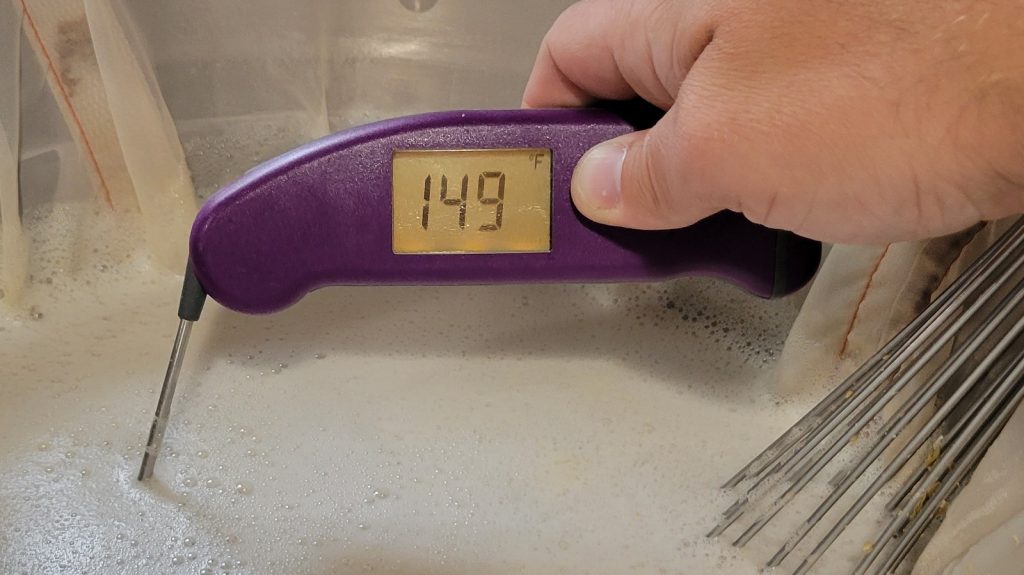
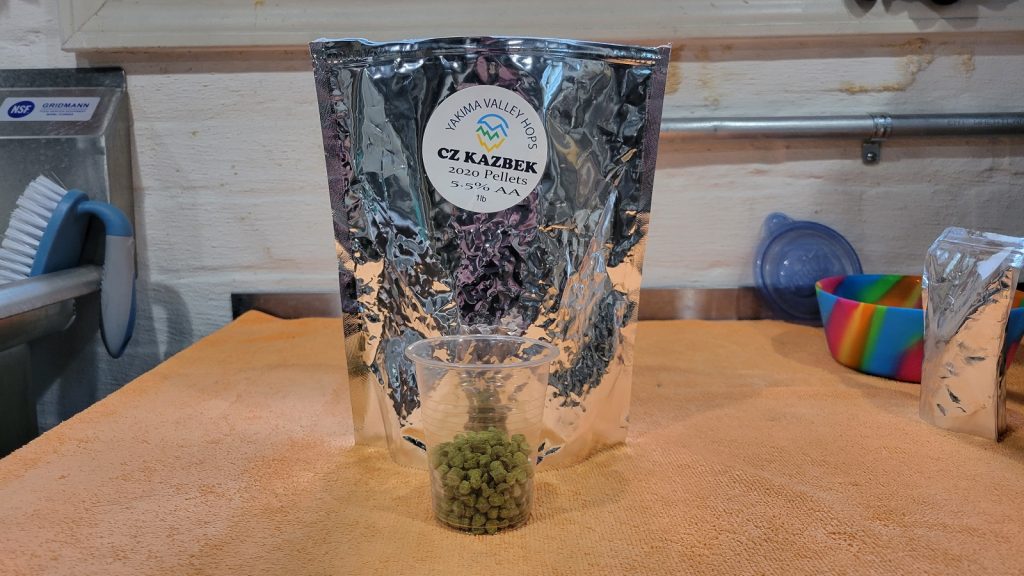
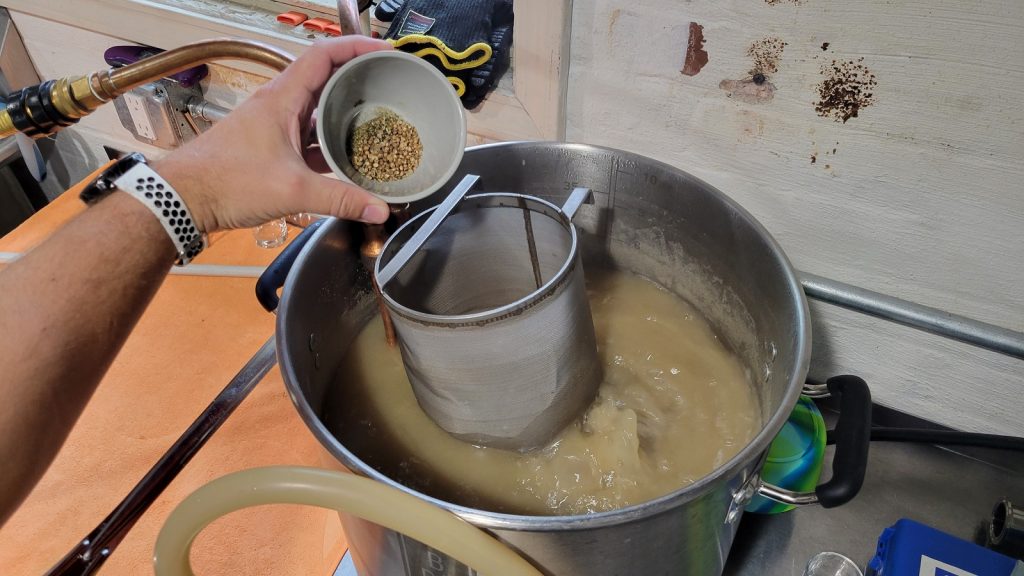
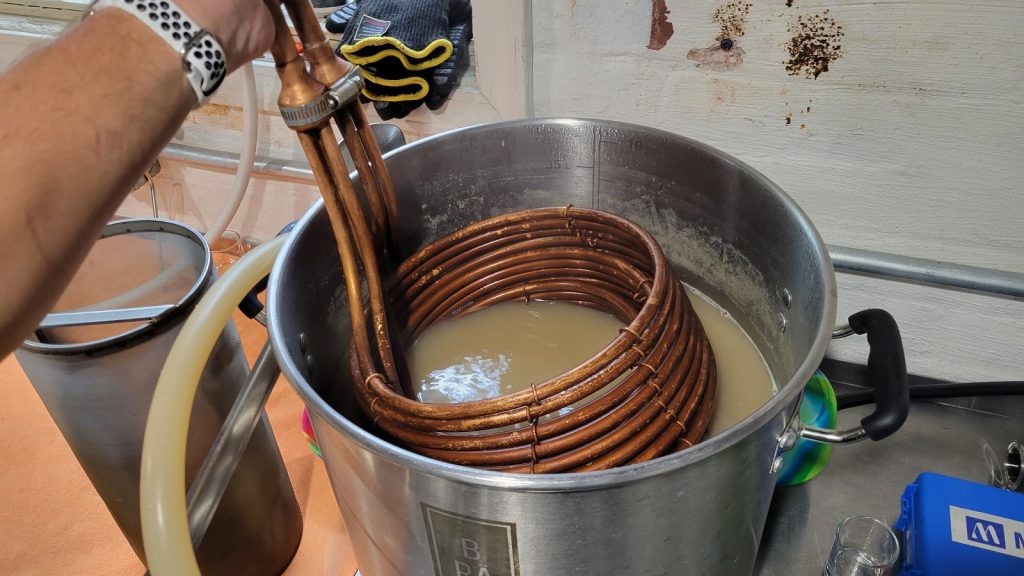

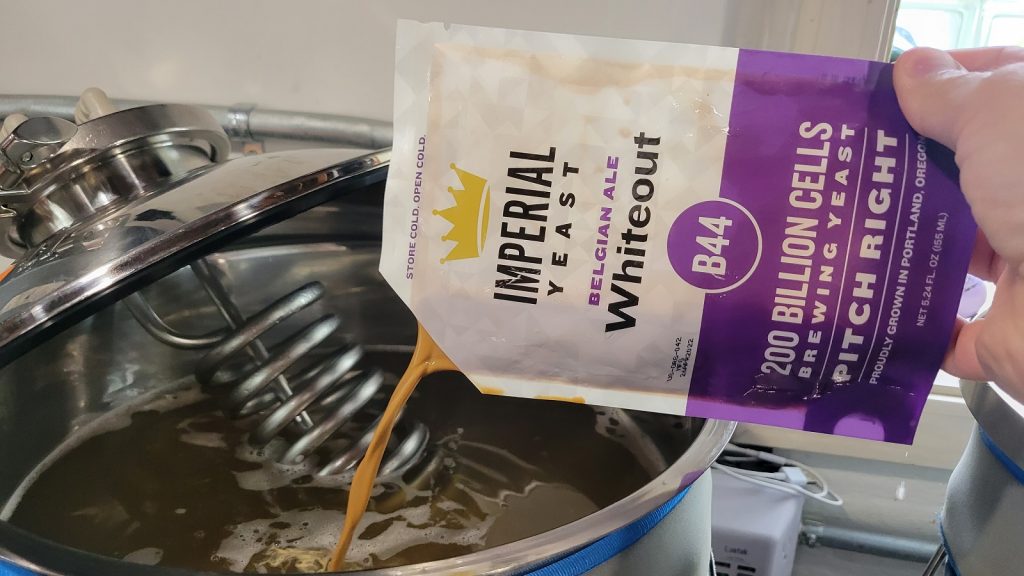
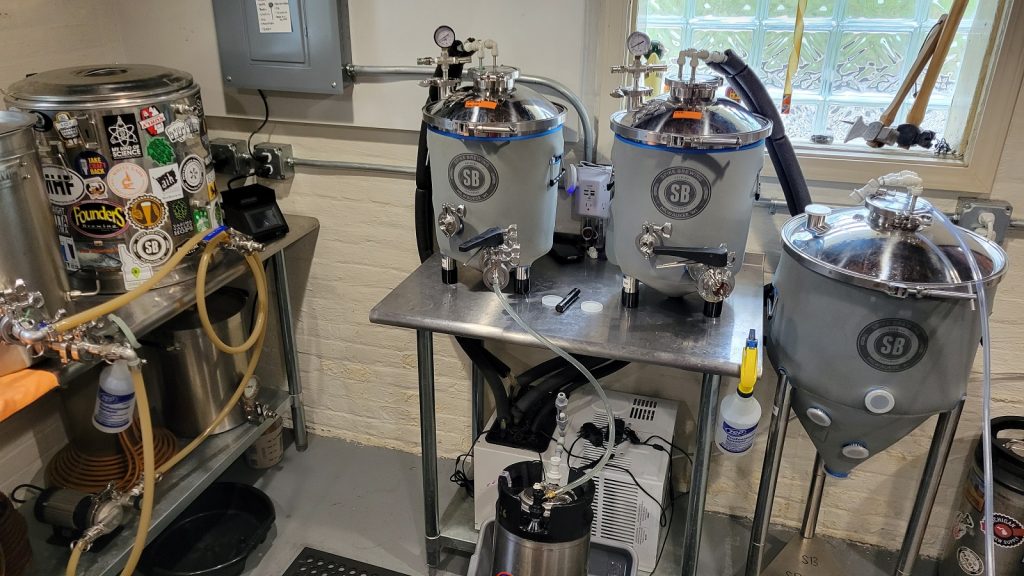
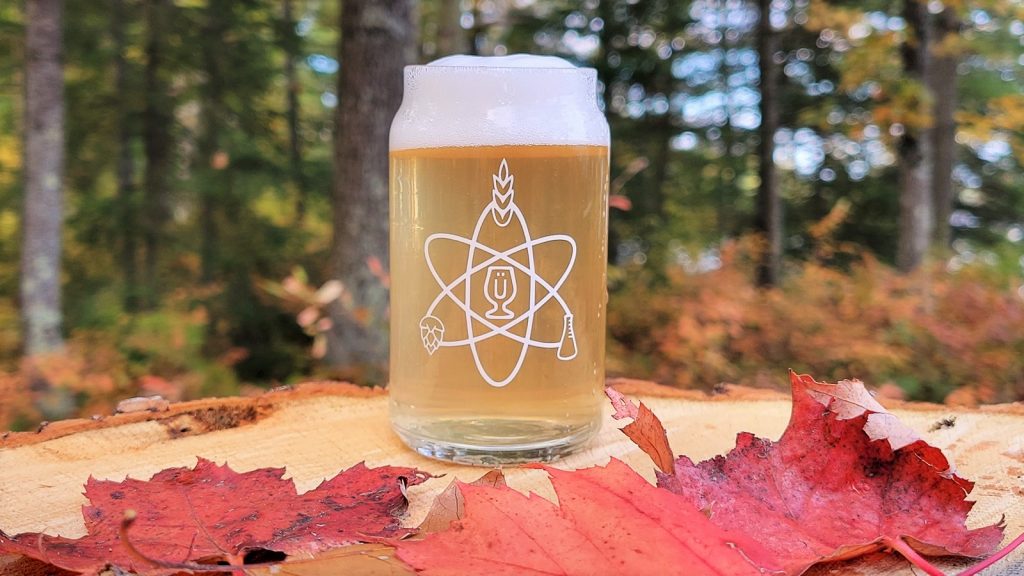
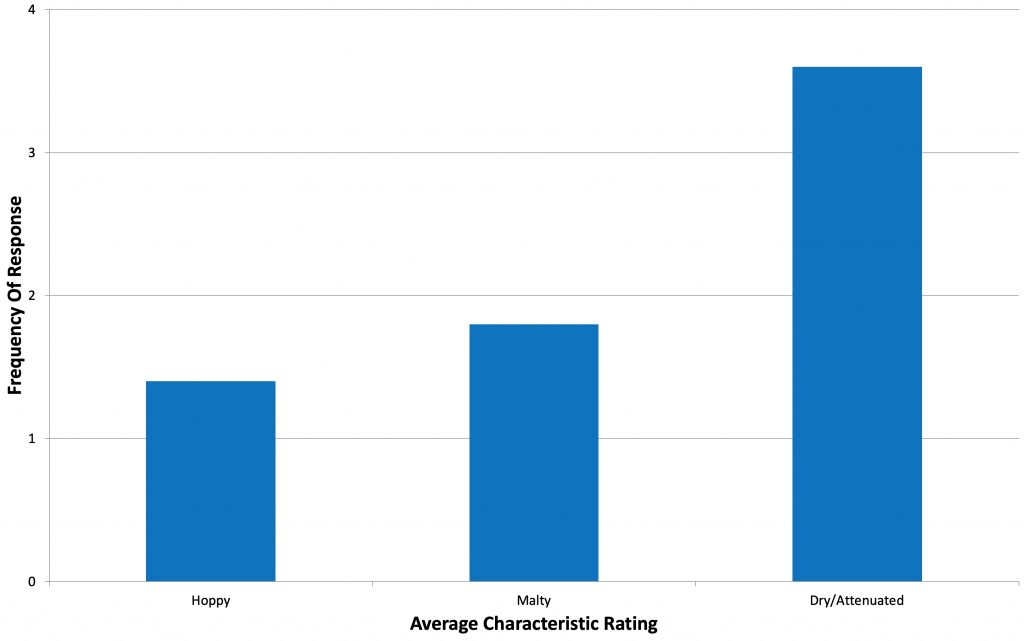
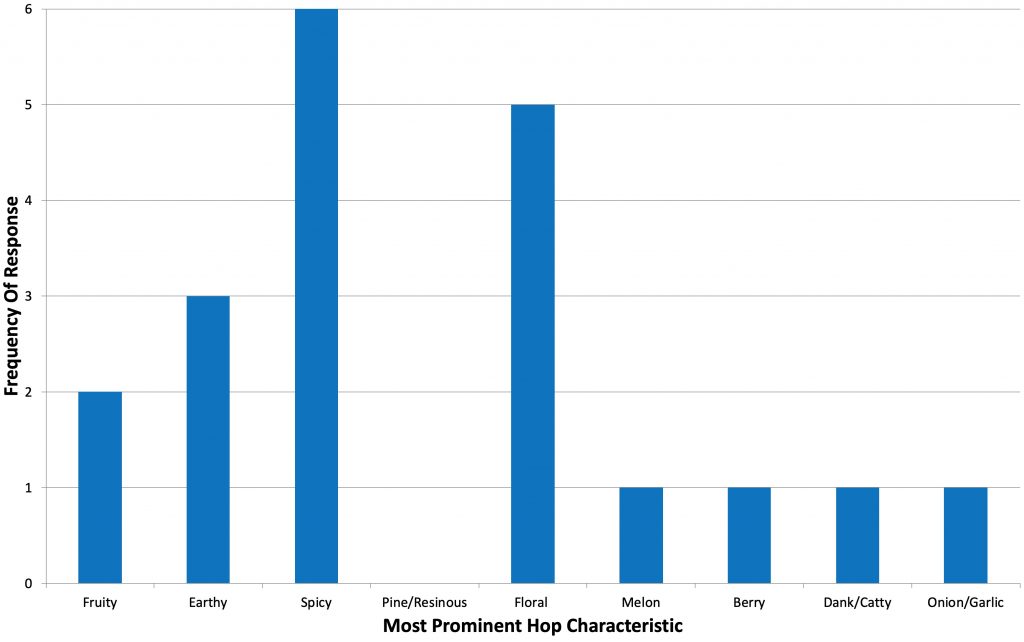















9 thoughts on “Short & Shoddy | Witbier”
Great experiment. I recently made a witbier using Whiteout (B44), and had the same experience with it being very attenuative. I did like the phenolics from this strain, but just something to keep in mind when making future recipe tweaks. I also found this particular strain having a very thick and sticky krausen; not sure if you experienced the same. Thanks for the write up and curious about using chamomile myself.
The recipe reads really well and the beer sound a delicious! I just wanted to confirm what the chamomile was replacing? At the beginning of the post, you stated it replaced the orange peel, but by the end you stated it replaced the coriander?
Can you please confirm which ingredient you subbed out with the chamomile?
Thanks, Bob
Yup, the chamomile replaced the orange peel
The recipe says you substituted the orange peel for a tiny amount of chamomile, but in your conclusion you state you used chamomile instead of coriander?
I was confused that such a tiny chamomile addition could have signficant impact, but now I’m assuming there’s some correction needed in the recipe 😛
The chamomile was in place of the orange peel. I used the small amount because I used chamomile tea instead of dried whole chamomile flowers. The thought being I’d be able to extract more from the tea while using less. I did not want to go overboard with it
The text says “made with chamomile instead of coriander,” yet you seemed to have used both coriander and chamomile, thus the chamomile was the replacement for the orange.
I appreciate the detailed writeup.
I know there are different schools of thought on how much these things matter, but how were more cosmetic details like head and retention, cloudiness, etc?
Head retention and cloudiness seemed to style
Mike – Awesome write up. Still have never done the short and shoddy approach but love reading them. It’s fun playing around with the spice adjuncts for wits. Fresh lemongrass and white pepper is a good combo, but I’ve always wanted to try chamomile. Dearborn Michigan? I’m over in Ferndale! Would love to be a part of an xbmt if you need tasters. – Duke